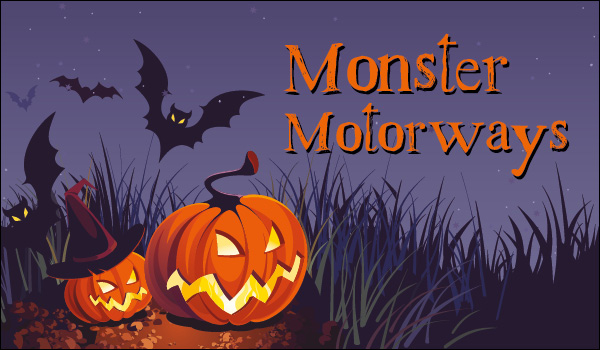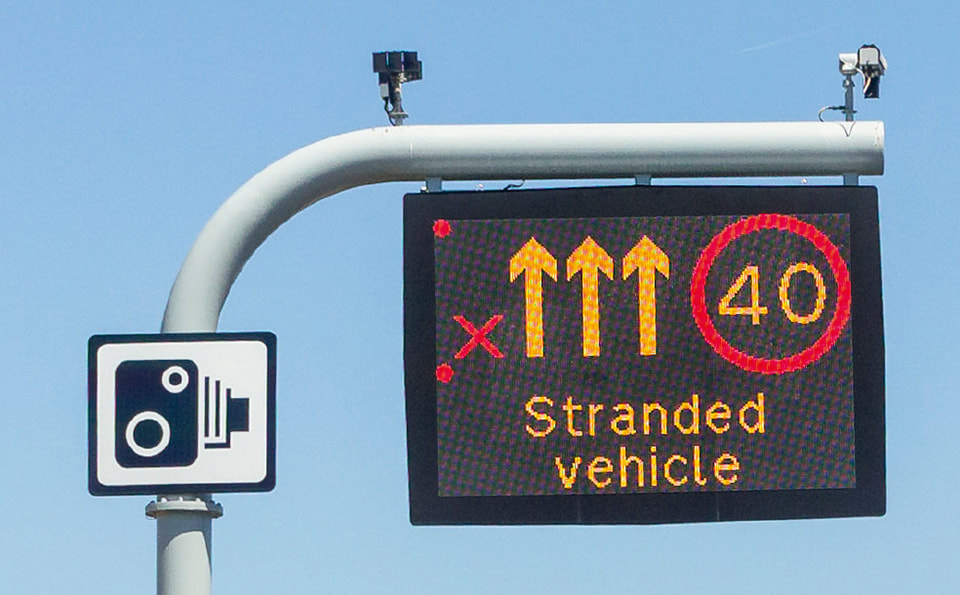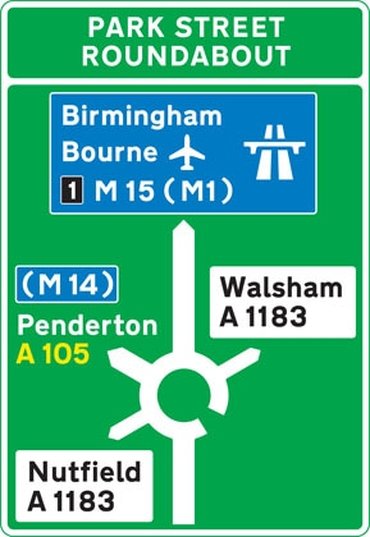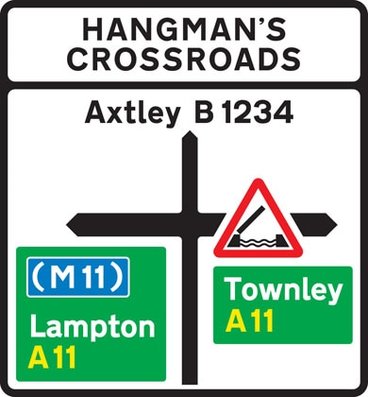
As a learner driver, or new driver, the thought of driving on a motorway for the first time may leave your spine tingling.
We get it; there’s lots to think about – more cars, more signs, more rules and more lanes, but there’s no need to be spooked out as when you know what you’re doing the motorway really isn’t a monster.
Firstly provisional car licence holders MUST NOT drive on the motorway unless they are accompanied by a DVSA Approved Driving Instructor (ADI) and are driving a car displaying red L plates (or D plates in Wales) with dual controls. And while learners can now get experience of driving on a motorway it does not form part of the practical test, so you wont have to demonstrate hands-on competence.
How to Join the Motorway:
To join a motorway safely you must give priority to traffic already on it. Check the traffic on the motorway and match your speed to fit safely into the traffic flow in the left-hand lane.
- Do not cross solid white lines that separate lanes or use the hard shoulder
- Stay on the slip road if it continues as an extra lane on the motorway.
- Remain in the left-hand lane long enough to adjust to the speed of traffic before considering over-taking.
Which Motorway Lane Should I Be In?
Rule 264 of the Highway Code states that drivers should be in the left lane unless overtaking.
- If you are overtaking, you should return to the left lane when it is safe to do so.
- Be aware of emergency services, traffic officers, recovery workers and other people or vehicles stopped on the hard shoulder or in an emergency area. If you are driving in the left lane, and it is safe to do so, you should move into the adjacent lane to create more space between your vehicle and the people and stopped vehicles.
What Signs Tell Me to Move Lane?
A single sign or signal can display advice, restrictions and warnings for all lanes. For example this sign is telling drivers; there is an obstruction in the road, the speed limit is reduced to 50mph and vehicles in the first lane should move over to the second or third lane.
Lane specific signs and signals can display advice, restrictions and warnings that apply to individual lanes.
This image shows a section of a ‘Smart Motorway’ that uses traffic management methods to increase capacity and reduce congestion in particularly busy areas. These methods include using the hard shoulder as a running lane and using variable speed limits to control the flow of traffic.
Road or Lane Closure Signs
Closed lanes are shown on signs with a red flashing light and a red ‘X’ (Rule 258). If you see one of these signs you MUST follow the instructions on signs in advance of a closed lane to move safely to an open lane.
You MUST NOT drive in a closed lane. You’ll be informed when the lane is no longer closed by a sign displaying a speed limit or the word ‘END’.
Lane and road closures indicated by red flashing lights are enforced by the police.
Other Signs For the Motorway can be read using this colour guide:
Blue Background Signs
Blue background signs are direction signs and you’ll find them at junctions leading to a motorway, on the motorway as you’re approaching a junction and after a junction to confirm the route.
Blue signs overhead on the motorway will have downward pointing arrows which means ‘Get in Lane’. Here, the left lane leads to a different destination from the other lanes.
Where there’s a panel with an inclined arrow, this indicated the destination that can be reached by leaving the motorway at the next junction.
Green Background Signs
Are used on primary routes.
These are found on primary routes and the blue panel indicates that the motorway starts at the junction ahead.
Motorways shown in brackets can also be reached along the route indicated.
Signs with Black Borders
Are on non-primary and local routes
Green panels indicate that the primary route starts at the junction ahead.
Route numbers on a blue background show the direction to a motorway.
Route numbers on a green background show the direction to a primary route.











